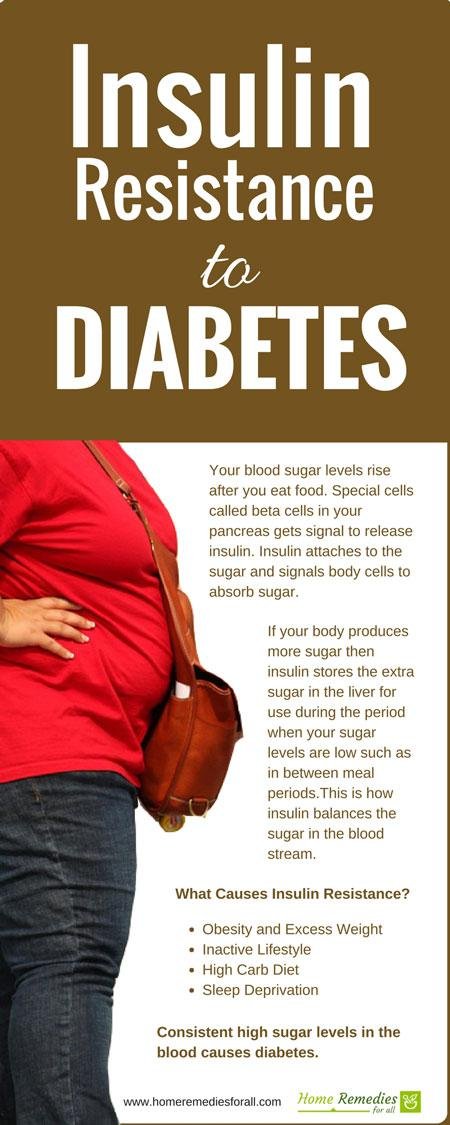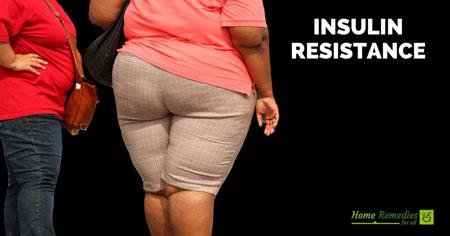Insulin is a hormone produced in the pancreas and released in the blood stream.It regulates how your body uses and stores glucose and fat.Insulin plays a vital role in the way the digested food is converted to energy. It allows your body cells to use glucose (sugar) for energy.
The main control mechanism of insulin is to decide when to release sugar converted from food to the bloodstream and when to store it for future use. This way it always makes sure that blood sugar levels are neither rise too high (hyperglycemia) or go down too low (hypoglycemia).
The body cells cannot directly absorb sugar from the bloodstream. Insulin acts as a delivery mechanism for the glucose to enter body cells.
Your blood sugar levels rise after you eat food.Special cells called beta cells in your pancreas get signal to release insulin. Insulin attaches to the sugar and signals body cells to absorb sugar.
If your body produces more sugar than insulin stores the extra sugar in the liver for use during the period when your sugar levels are low such as in between meal periods. This is how insulin balances the sugar in the bloodstream.
If blood sugar rises then the pancreas releases more insulin to balance it.
Some people develop a condition called insulin resistance in which body cells become resistant to the effects of insulin. In order to meet bodies' demand for more insulin the pancreas produces more insulin.
This cycle of producing more and more insulin continues until the pancreas cannot produce anymore. As a result, the excess glucose is not consumed by the cells to convert to energy. This shows up as a rise in blood sugar levels.
What Causes Insulin Resistance?
The exact causes of insulin resistance are not yet fully understood. However, there are a number of contributing factors that doctors have identified are the causes of insulin resistance. Most of these factors are given under.
Obesity and Excess Weight
Statistically excess weight around the belly has been noticed as one of the main causes of insulin resistance. Belly fat creates long term inflammations in the body that slowly and steadily causes body damage without producing any symptoms.
Losing weight has been found to reduce insulin resistance. Therefore, if you accumulate fat around your belly then begin to lose it. You will not only look good but will save yourself from the dreaded insulin resistance.

Inactive Lifestyle
Active lifestyle is very important to a healthy life. Your muscles in the body can remain strong only if they are doing physical activities daily regularly. Muscles are the biggest consumer of blood sugar. Active muscles burn their stored glucose for energy and fill their reserves from the bloodstream.
That is why the sensitivity to insulin increases after exercise. This reduces insulin resistance and blood sugar levels fall.
So begin to exercise daily to shape up your body and reduce insulin resistance.
Diet
Use of more refined carbohydrates in your diet will increase blood sugar levels demanding more insulin. If you continue the habit of a high carb diet then you will increase the risks of insulin resistance.
Sleep Deprivation
Sleep disorders such as sleep apnea and other sleeping problems are the other risk factors for increasing insulin resistance. Even the people who work in night shifts have higher risks of developing insulin resistance.
Use of steroids, certain medications and even certain diseases can cause insulin resistance. But whatever is the cause of insulin resistance you must treat it to avoid long term complications.
Symptoms of Insulin Resistance
In the early stages insulin resistance does not show any signs or symptoms. If you do not check your blood sugar levels then you can live with insulin resistance for years without even knowing it.
If you notice any of the following changes in your life then you may be experiencing the signs of severe forms of insulin resistance.
You may get dark patches on the back of your neck. Even a dark ring around your neck may be formed. The dark patches may appear on knees, knuckles, elbows and armpits also. This kind of darkening of skin is a condition called acanthosis nigricans which has no cure except curing its cause Insulin resistance.
Other advanced stage symptoms may appear when you get diabetes due to Insulin resistance. These symptoms are
- Feeling hungry even after a meal
- Extreme thirst
- Frequent urination
- Tingling in the hands and feet
- Feeling tired and exhausted for no apparent reason
You may get into a condition called insulin resistance syndrome or metabolic syndrome. The following symptoms in combination are indications of Insulin Resistance. If you meet any of the following 3 conditions then you are lucky to have Insulin resistance.
- High triglycerides in the blood
- High cholesterol in the blood
- High blood pressure
- High blood glucose levels
Waist size higher than 40 for men and 35 for women are risk factors for insulin resistance.
Insulin and Diabetes
There are two types of diabetes and both types may require insulin injections. Diabetes type 1 which is more of a genetic condition in which your body doesn't produce insulin due to malfunctioning or damage of beta cells in the pancreas.
In the diabetes type 2 some people may become resistant to insulin that means the beta cells are producing more insulin than normal yet that is not sufficient to manage sugar levels. They require an external shot of insulin to balance the sugar in the bloodstream.
If the blood sugar is not managed then it can cause hyperglycemia which can cause many complications in the body leading to heart diseases, brain , eye and kidney diseases.
Diabetes type 2 is a curable condition with diet and lifestyle changes. If it is not treated then only the long term continuation of diabetes type 2 may require insulin shots.
There are four different types of insulin that can be used depending on the requirement of the body from short term rapid impact to long term slow impact. Their names are self explanatory of their uses
- Rapid-acting insulin - Starts working within the 15 minutes of injection for 1 hour
- Short-acting insulin - Starts impacting 30 minutes after injection for 2-3 hours
- Intermediate-acting insulin - Begins acting 2-4 hours after injection for 3-6 hours
- Long-acting insulin - Begins working after several hours for 24 hours
Your doctor decides the method of injecting insulin which may range from syringe to injection pen and insulin pump.The doctor will take into consideration whether you have diabetes 1 or type 2 and what is the sugar levels.

